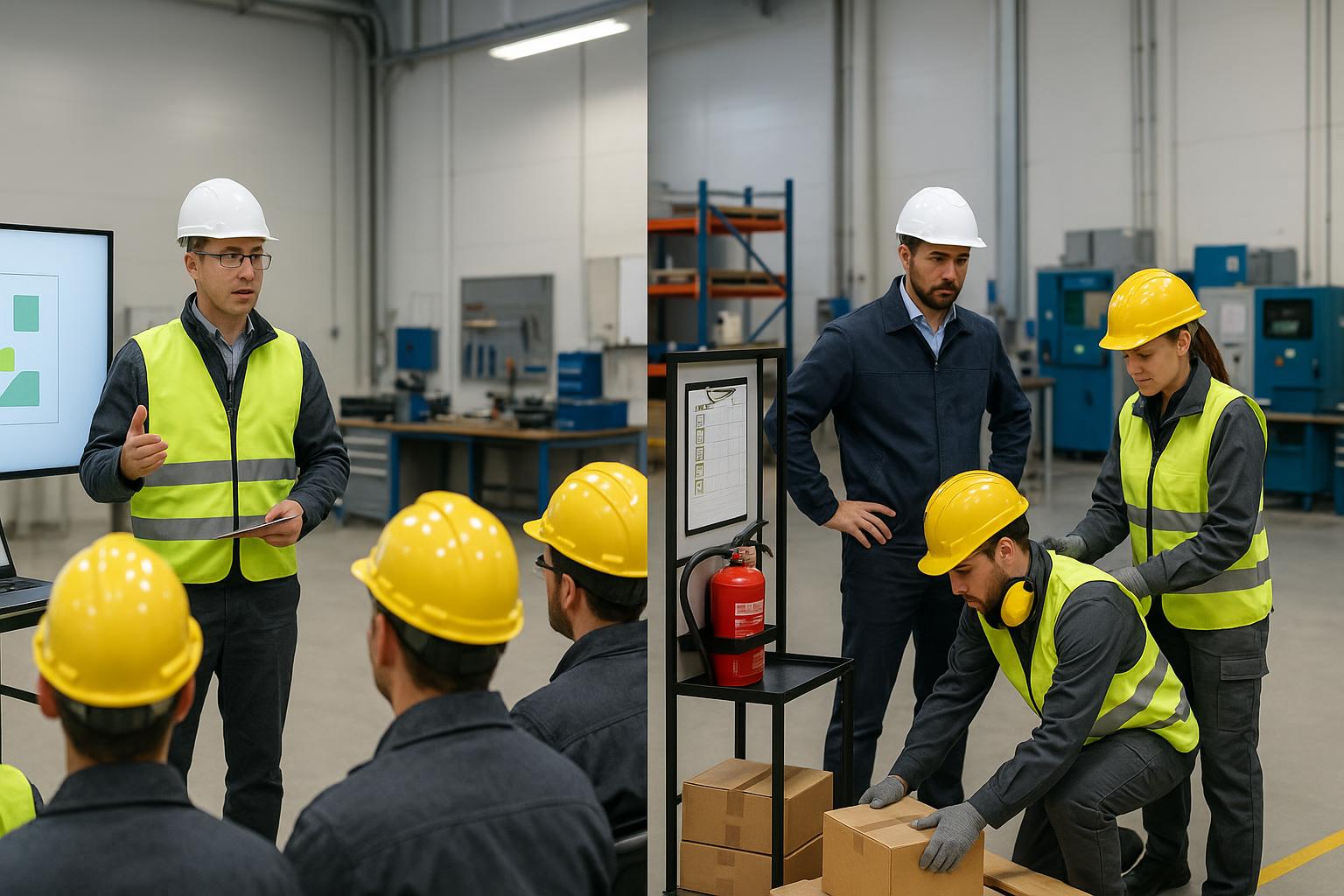In a busy manufacturing plant, workers hands are constantly in motion. They handle tools, lift heavy materials, and operate machines—all while being exposed to dirt, grime, and harsh chemicals. Amid the demands of the job, workers often overlook the importance of hand hygiene and skin care, focusing instead on preventing injuries like cuts, burns, or fractures. However, what many don’t realize is that hand safety and skin care go hand in hand. Maintaining proper hand hygiene not only promotes overall health but also plays a vital role in injury prevention.
For a manufacturing worker, hand safety had always been about wearing the right gloves and handling equipment properly. They knew how to protect their hands from mechanical injuries, but over time, their skin began to show signs of wear. It was dry, cracked, and increasingly sensitive to the point where even minor cuts took longer to heal. They weren’t alone. Many of their coworkers experienced the same problems, especially those working with chemicals or exposed to harsh environmental conditions. That’s when the company started talking about hand hygiene as part of their safety program.
The idea that proper skin care could be tied to preventing hand injuries seemed new to the manufacturing worker, but the more they thought about it, the more it made sense. Cracked, dry skin can make hands more susceptible to cuts and abrasions. Once the skin barrier is compromised, it’s easier for infections to set in, and that can lead to more serious complications. Suddenly, the focus shifted from just avoiding injury to also taking care of the skin itself, ensuring it remained strong and resilient.
The company introduced a hand hygiene routine that emphasized the importance of regular washing with mild soap and moisturizing frequently. The manufacturing worker learned that while it was important to clean their hands, over-washing or using harsh soaps could strip away the natural oils that protect the skin. They provided hand sanitizers that were effective yet gentle, designed to clean without causing irritation. Along with this, the team was encouraged to apply moisturizers throughout the day, especially after washing their hands or removing their gloves.
Gloves remained an essential part of hand safety, but now, workers were taught that not all gloves were the same when it came to skin care. Gloves that didn’t fit well or weren’t made from breathable materials could trap moisture, leading to skin irritation or even fungal infections. The manufacturing worker and their coworkers were educated on selecting the right gloves for the task, balancing protection against the elements with the need for breathability and comfort.
One of the surprising insights the manufacturing worker gained from the new program was how much temperature played a role in skin health. Cold environments dried out skin, while high-heat settings could cause excessive sweating, leading to irritation. The company adjusted its protocols to address these concerns, ensuring that workers had access to proper ventilation or heating systems and the right personal protective equipment (PPE) for their environment.
The shift in focus to hand hygiene didn’t just improve the manufacturing worker’s skin—it made them more conscious of their overall hand safety. Now, when they handled tools or worked with chemicals, they paid more attention to how his skin felt. If they noticed any discomfort, they were quicker to take action, whether that meant changing gloves, applying moisturizer, or cleaning their hands more thoroughly. Their cuts healed faster, and they found that they had fewer injuries overall, all because their hands were healthier.
In the end, the company’s focus on combining skin care with injury prevention created a safer, more proactive approach to hand safety. For the manufacturing worker, it was a reminder that taking care of the skin wasn’t just a matter of comfort—it was an essential part of keeping their hands strong and capable of doing the job well. By integrating hygiene into their safety routine, they were able to protect not only their hands from injury but also their long-term health.



